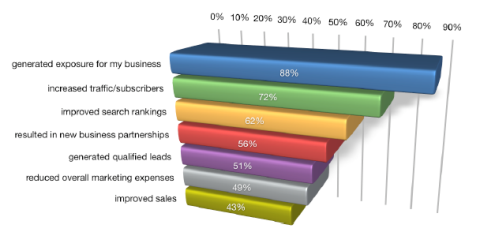
Natalie Cole, whose hit songs included the duet Unforgettable with her father Nat "King" Cole, has died aged 65.
The
Grammy-winning singer died on Thursday night at a hospital in Los
Angeles, her publicist told the Associated Press news agency.She rose to fame as an R&B artist with tracks such as This Will Be and Inseparable.
The singer had recently cancelled a series of performances, including one on New Year's Eve.
"Natalie fought a fierce, courageous battle, dying how she lived... with dignity, strength and honour. Our beloved mother and sister will be greatly missed and remain unforgettable in our hearts forever,'' said a statement from her son Robert Yancy, and sisters, Timolin and Casey Cole, AP reported.
US civil rights activist Rev Jesse Jackson was among the first to tweet his condolences: "#NatalieCole, sister beloved & of substance and sound. May her soul rest in peace. #Inseparable."
The singer had battled drug problems and hepatitis in the past, and underwent a kidney transplant in 2009.
Her greatest success came with her 1991 album, Unforgettable... With Love, which paid tribute to her father with reworked versions of some of his best-known songs, including That Sunday That Summer, Too Young and Mona Lisa.
On the hit track Unforgettable, her voice was remixed with her father's, 25 years after his death.
The album went on to win six Grammys, including album of the year, as well as song of the year for the title track.

The young Natalie performed on Top of the Pops in the 1970s
The daughter of crooner Cole and jazz singer Maria Hawkins - who worked with Duke Ellington - Natalie grew up surrounded by music in an affluent neighbourhood of Los Angeles.
Her father died from lung cancer when she was only 15, and she struggled to come to terms with his death. However, she appeared to find solace in music.
She began performing in college and had early success with her debut album Inseparable in 1975. The album track, This Will Be, became a top ten hit and went on to win Cole a Grammy for best female R&B performance.
Cole was also named best new artist at the Grammys - and the album's title track, Inseparable, became another chart hit.
Drug addiction
The follow-up albums Natalie and Unpredictable cemented her success, with tracks such as Sophisticated Lady and I've Got Love On My Mind bringing further chart glory.
In 1977, she had two platinum albums and her own Christmas special - and two years later she received a star on the Hollywood Walk of Fame.
But her drug issues came to prominence in the 1980s and there followed a predictable slump in her career, as she battled addiction.
She re-emerged on the music scene in 1987, signed to a new label and with a new sound. Jump Start (My Heart) and her cover of Bruce Springsteen's Pink Cadillac were among her notable pop hits, while 1989's Miss You Like Crazy won her international acclaim.
"I didn't shed really any real tears until the album was over,'" Cole said. "Then I cried a whole lot.
"When we started the project, it was a way of reconnecting with my dad. Then when we did the last song, I had to say goodbye again."
In 2008, 17 years after Unforgettable... with Love, Cole released Still Unforgettable, which included not only songs made famous by her father but other artists, including Frank Sinatra.


The same year, she was diagnosed with Hepatitis C - which she believed was the result of her intravenous drug use in the early years of her fame.
Her battle with drugs, including heroin and crack cocaine, was charted in her 2000 autobiography Angel on my Shoulder.
She underwent a successful kidney transplant in 2009 - after being inundated with offers of kidneys from fans - and continued to tour and make public appearances on TV shows, including American Idol.
"I am a walking testimony to you can have scars,'' she told People magazine. `"You can go through turbulent times and still have victory in your life.''
Cole was married three times, and had one son.


































